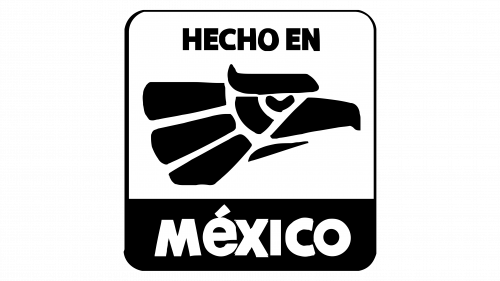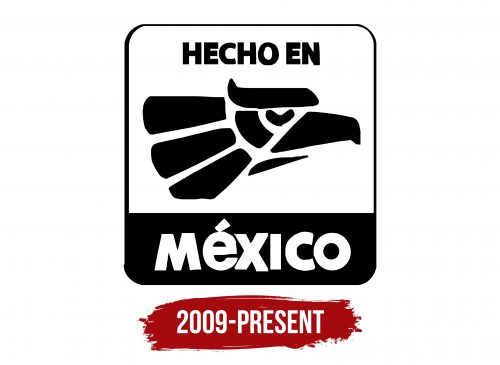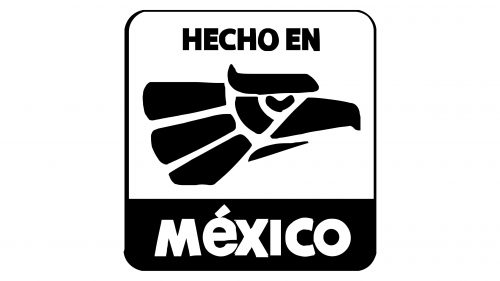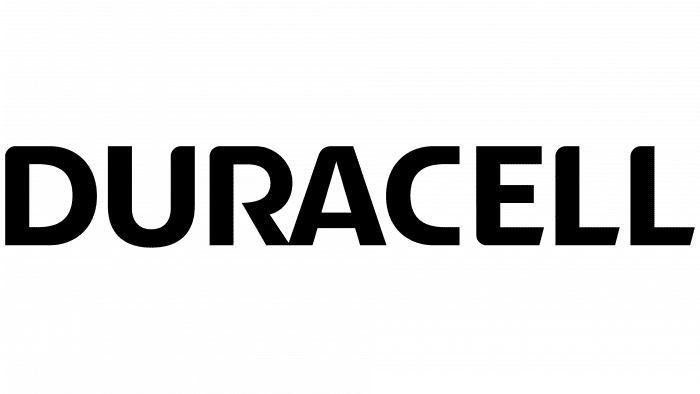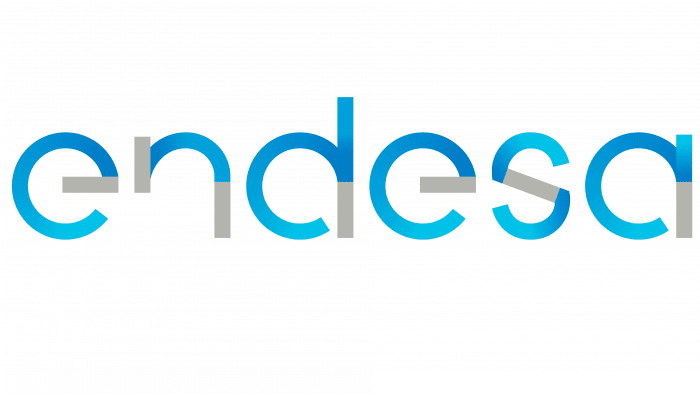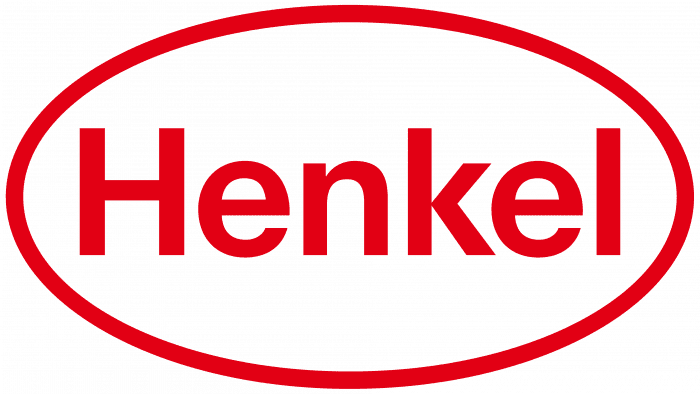The Hecho En Mexico logo reflects patriotism and pride for the country where the products are made. This emblem is known worldwide thanks to the hard-working people who make goods with love. It helps to identify original Mexican products. But it is more than just a sign. It symbolizes the rich cultural heritage and creativity characteristic of the Mexican population.
Hecho En Mexico: Brand overview
Hecho En Mexico is the official symbol of national production, identifying goods manufactured in Mexico. It helps customers inside and outside the country recognize original Mexican products, supports their competitiveness, and confirms high quality backed by innovation, creativity, and the talent of authentic manufacturers. The mark belongs to the country’s government and is used by the Ministry of Economy. It was approved in 1978 and established by the NMX-Z-009-1978 standard, adopted by the Ministry of Commerce and Industrial Development in the same year. The author of the debut version is Omar Arroyo Arriaga, with revisions by Christian Soria.
“Made in Mexico” started in the 1960s when the Mexican government wanted to boost local products and strengthen its industry. This started a big push to build up the national economy and pride.
In the 1970s, “Made in Mexico” became more than a tag. It showed the government’s effort to protect its industries from international competition. Products made in Mexico began to carry this label as a sign of quality and craftsmanship, appealing to buyers both in Mexico and around the world.
During the 1980s and 1990s, as globalization increased and Mexico opened its economy, “Made in Mexico” took on new importance. It became a source of pride, showcasing the high quality of Mexican goods internationally. This period led to greater appreciation for Mexican products, proving that the country could hold its own on the global stage while staying true to its culture.
Lately, “Made in Mexico” has grown beyond just marking products. It’s become a cultural symbol in music, art, and fashion, representing Mexican identity and heritage. Artists, designers, and entrepreneurs use it to express their pride in their Mexican roots and the quality of their work. It’s a way for Mexican startups and businesses to highlight their heritage and the excellence of their products to the world.
The Mexican government has renewed its efforts to promote “Made in Mexico” to support national industries and attract foreign investment. This not only boosts the economy but also fosters national pride and unity.
Today, “Made in Mexico” is more than a label; it symbolizes Mexican identity, culture, and pride. It represents the country’s rich history, people, and achievements, standing as a beacon of excellence and the enduring spirit of Mexico.
Meaning and History
The very first version of the Hecho En Mexico logo appeared in 1978 as part of a project organized by IMCE (Instituto Mexicano de Comercio Exterior). The work was entrusted to a Mexican designer well-versed in the nuances of national symbolism. As a result, the head of a golden eagle appeared on the mark. According to legend, the god Huitzilopochtli pointed this bird out to the ancient Aztecs: he told them to settle where an eagle sits atop a nopal cactus, pecking a snake. Thus, the bird of prey became the talisman of Mexico.
The artist depicted it looking to the right, and instead of a neck, used a black square with white capital letters “MX.” Below it, in two rows, were the inscriptions “Hecho En” (above) and “Mexico” (below), executed in a sans-serif font – Helvetica or Futura Medium. The bird’s feathers had wide notches.
In 2004, during Felipe Calderón’s administration, the emblem received another version, which added the phrase “Fíjate que esté”. Designer Christian Soria placed it above the eagle, where it spanned two lines. To ensure the new text didn’t compete with the old one and didn’t distract from it, the author chose a lowercase font for the additional inscription – bold, small, rounded, rather than large and geometric.
The final transformation of the Hecho En Mexico symbol occurred in 2009. Then, the eagle’s feathers were altered, and the lower part of the bird’s beak was added. This symbol is still in use today. To obtain it, manufacturers must undergo a special request procedure and prove the authentic origin of their goods. The documents are approved by the state secretariat and distributed through the Dirección General de Normas.
What is Hecho En Mexico?
Hecho En Mexico is the official identification mark for Mexican-made goods. It labels all products manufactured in the country for domestic and export use. The marks serve several purposes: they allow identification of the manufacturer, confirm the high quality of the items, and support the competitiveness of the products in the international market. The conditions for using the mark and its standards were established in 1978 by the special act NMX-Z-009-1978, adopted by the Ministry of Commerce and Industrial Development of Mexico. The original logo’s author is designer Omar Arroyo Arriaga. The owner is the state, represented by the Ministry of Economy.
2009 – today
Although the Hecho en México logo appeared in 1978, the variant presented here was adopted in 2009. It is a modified version of the debut symbol: it retains the key elements – the eagle and the two-level text. The head of the formidable bird is turned to the right. The beak is powerful, topped at the end with a hook characteristic of birds of prey. The beak is formed from two halves: the upper – large and wide and the lower – small and narrow. The drawing also clearly shows the side part (cheek), the eye as a tick, and the crest on the top. They are painted black and placed separately from each other, as they are divided by white stripes of medium thickness.
The feathers on the eagle’s neck are in the form of rounded trapezoids, between which white lines also run. The lower left corner of the third feather is cut off to match the geometry of the adjacent element – a horizontal rectangle with the inscription “México.” The text is set in an extra-bold font. The letters are slightly uneven: each has roughness on the edges, differences in stroke height, or small notches. This adds originality to the emblem and speaks to the authenticity of the goods. The first half of the phrase is at the top – above the eagle’s head. The glyphs are bold, uppercase, chiseled. Both lines are centered.
Font and Colors
In the early logos of Hecho en México, the text was executed in a font reminiscent of Helvetica or Futura Medium, with letters in uppercase. An exception is one of the versions of the mark, complemented by the phrase “Fíjate que esté”: almost all glyphs in it are lowercase. Later, a unique typeface was introduced, emphasizing Mexican manufacturers’ innovation, creativity, and talent.
The official color palette of the symbol is restrained, as it is state-owned and requires a business style. The combination of black and white makes the mark strict, practical, and clear.
FAQ
Why is the head of a golden eagle depicted on the “Hecho En Mexico” symbol?
The “Hecho En Mexico” symbol features a golden eagle’s head to symbolize strength, freedom, and Mexico’s identity. This image is important to Mexican culture and history, inspired by the national emblem of an eagle with a snake. It comes from an old Aztec story that helped the Aztecs find the place to build their capital, Tenochtitlan, now known as Mexico City. The golden eagle represents Mexico’s spirit and strength. Having it on the “Hecho En Mexico” logo shows how proud Mexico is of its products and connects them to the country’s rich heritage and values.
Should the golden eagle’s head on the “Hecho En Mexico” emblem face right or left?
The golden eagle’s head on the “Hecho En Mexico” emblem faces left. This detail is important because it matches how the eagle is shown on Mexico’s national coat of arms. When we say the eagle faces left, it’s from our view, but in terms of heraldry, it’s considered the eagle’s right side. This isn’t just a random choice. In heraldry, the direction something faces has meaning, like showing courage or the heart. Having the eagle face left on the “Hecho En Mexico” symbol links it closely with Mexican pride and tradition. This symbol does more than show where a product comes from; it reminds people of Mexico’s values and history. Ensuring the eagle faces the right direction helps keep the symbol consistent with national identity and what Mexico stands for.
What does hecho en mexico mean?
“Hecho en Mexico” means “Made in Mexico.” This phrase is about more than where a product comes from. It shows the product’s quality, the culture it represents, and the heritage behind it. Items with this label weren’t just made in Mexico; they’re filled with the country’s craftsmanship, traditions, and generations of skill.
This label is a source of pride in Mexico. It shows the world that Mexico can make high-quality and uniquely Mexican products. These include everything from handmade crafts that showcase Mexico’s artistic traditions to advanced products made in modern factories. “Hecho en Mexico” tells buyers they get something authentic and well-made.
But it’s more than just a mark of quality. “Hecho en Mexico” also celebrates Mexican identity. It reminds people of Mexico’s rich culture, including art, music, and food, which all help shape how the world sees Mexico. It brings Mexicans together, reminding them of their country’s strength, creativity, and vibrant spirit.
In a world where people care greatly about where and how their products are made, “Hecho en Mexico” is a sign of quality. It’s about keeping traditional methods alive while moving forward with new ideas. This label doesn’t just help sell Mexican products abroad; it makes sure Mexico’s heritage and values are admired all over the globe.
Is the Hecho en Mexico logo copyrighted?
The “Hecho en Mexico” logo, “Made in Mexico,” is copyrighted. This logo is a big deal because it’s not just a symbol of the country; it’s a way to protect and promote products made in Mexico. The Mexican government, especially the Ministry of Economy, looks after this logo. The copyright has a few key purposes.
First, it ensures that only the products made in Mexico can use this logo. This keeps the logo honest and lets buyers in Mexico and everywhere else know they’re getting something authentic and high-quality.
Second, because the logo is copyrighted, the government can take action if someone uses it without permission. This prevents people from misusing the logo, which could confuse buyers or diminish its meaning.
Lastly, protecting this logo is part of a bigger effort to make Mexican products more competitive worldwide. Keeping this logo safe helps show off the quality of Mexican goods, aiming to attract more buyers both in Mexico and abroad.
In short, the copyright on the “Hecho en Mexico” logo helps ensure that you get something that truly represents Mexican quality and heritage when you see this logo.
